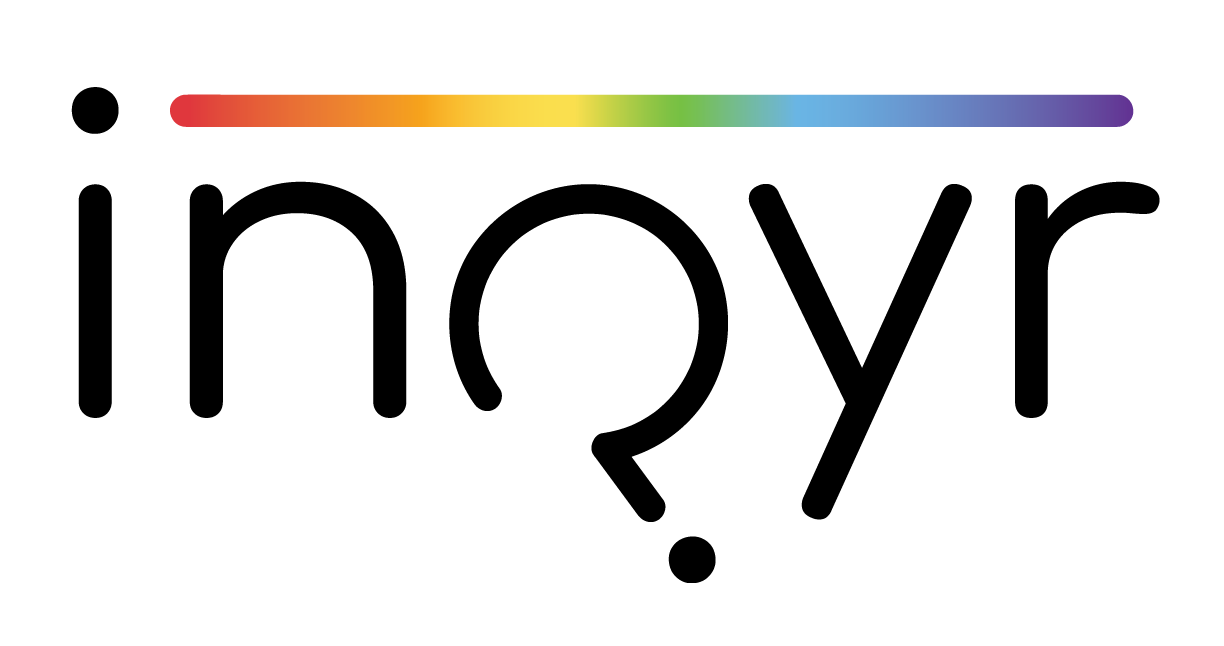How beauty standards for LGBTQ people impact body image, mental health
Featuring Phillip Joy - ISTN 2020-2022 Cohort Graduate
Pratyush Dayal · CBC News · Posted: Sep 25, 2022 3:00 AM CT | Last Updated: September 29
Phillip Joy, a registered dietician and assistant professor at Mount Saint Vincent University in Halifax, said LGBTQ people experience higher body image pressure as they not only try to conform to the ideals of a society in which being cisgendered and straight is considered the norm, but also try find belonging within queer communities.
"The fear of being fat and the consequence of isolation is a very real thing in the queer community because you are already isolated based on your gender or sexuality and then the risk of further isolation based on desirable bodies," said Joy.
"Certain bodies have higher sexual currency than others. We live in an image-driven society where a billion-dollar diet and fitness industry tells people that they can't be happy and healthy until they look fit."
Phillip Joy, a registered dietician and assistant professor at Mount Saint Vincent University in Halifax, says a certain Eurocentric aesthetic for gay men exists but the pressures are evident across all LGBTQ+ communities. (Danny Abriel)
Joy said advertising toward white, gay men has particularly emphasized this ideal, as did the need for a muscular, healthy body to counter wasting syndrome during the AIDS epidemic.
"Many grew up watching Queer As Folk, where men were all built, muscular, white — and those were the only queer role models in the media at that time," he said, referencing the popular American TV series from the early 2000s. "Now, some say RuPaul's Drag Race makes them want to attain a certain body type to be accepted."
Joy emphasized that these pressures are "evident across all LGBTQ+ communities."
To read the full article , click on the link below:



